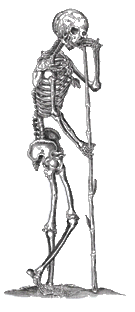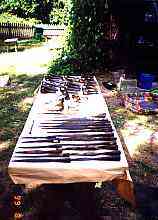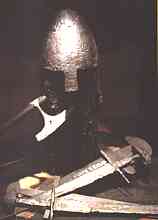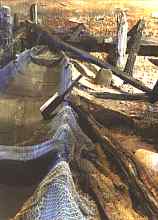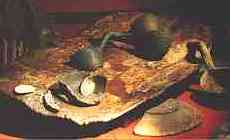




Lednica
The castle ruins at Ostrów Lednicki are situated on an island on beautiful Lake Lednica, inhabited for over one thousand years and prized for its defensive advantages. Accessible only by ferry, the island guards the archaeological and architectural treasures of the early Piast kings.
Ostrów Lednicki is situated midway between Gniezno and Poznań, localities that 1000 years ago constituted the core of the emerging Polish State. Its royal palace, churches, wooden causeways, provides a military power and economic base, allowing it to play a major role. There is no doubt that this place was frequently visited by Duke Mieszko I, founder of the state as well as his son, the first king of Poland, Bolesław I the Brave. It is here that the legendary events interlaced with historical facts, and the misfortune of captured princes or shadows of the guardians of the holy fire intruded into the lives of the local people, be they prince or peasant.
Mieszko I connected the island and the mainland by means of two causeways — the western one approx. 438 m long and the eastern approx. 187 m. Both of these, along with the wooden roadway, were part of an important communications route, linking the strongholds of Gniezno and Pozna ń. Both bridges were explored underwater by professional archaeological divers. Their shore sections, bridgeheads on the island were excavated and uncovered from the land surface. This research has quite a long history and has revealed a full inventory of military artifacts and articles of everyday use, including the most valuable and unique discoveries of a helmet with nose-guard, as well as swords, spearheads, hatchets, spurs and numerous arrowheads. It is very likely that these artifacts confirm the raid of the Czech Prince Brzetysław in 1038 on Ostrów Lednicki and provides evidence of a great battle. Not far from the western bridge, were found the remains of a skeleton of a horse and a man, probably a Slav warrior. Among the finds from the bridgeheads, is a considerable collection of agricultural tools. These include wooden shovels, ploughs and burins, a wooden plow, sickles and half-scythes, as well as whetstones and millstones.
Investigations of the bridges yielded over 1000 samples of small artifacts and their fragments, which were connected with the daily life of the island's inhabitants. Among them are such household appliances and items as clay pottery, spoons and ladles with beautifully carved and ornamental handles, wooden buckets, knives as well as elements of weaving and carpentry workshops. Numerous samples from the bridge elements became the basis for dendrochronological dating, which form three chronological groups, occurring in the years: 965, 980, 1032 and dating the time of bridge building as the winter of 965–966 with the following major repairs. Most likely Brzetysław's raid put an end to the bridge itself, and from then on, the landing was used as a pier.
The interest of archeologists in the island reaches back to the 19 century and research was often a stormy process. Professional protection of historical monuments from Early Piast times began in the late 60's with the foundation of the First Piasts Museum. It was at that time that a systematic archaeological investigation of the island and its environs began to discover the remains of auxiliary settlements on both sides of the lake and the extensive cemetery from the 10–11 century on the eastern shore. Today Ostrów Lednicki and its environs, commonly called Lednica are a major museum center with many exhibits, excavations and an open-air historic village. Ostrów Lednicki no longer hosts the Slavia Program and its guests but is still remains as one of the major destinations of weekend field trips.
